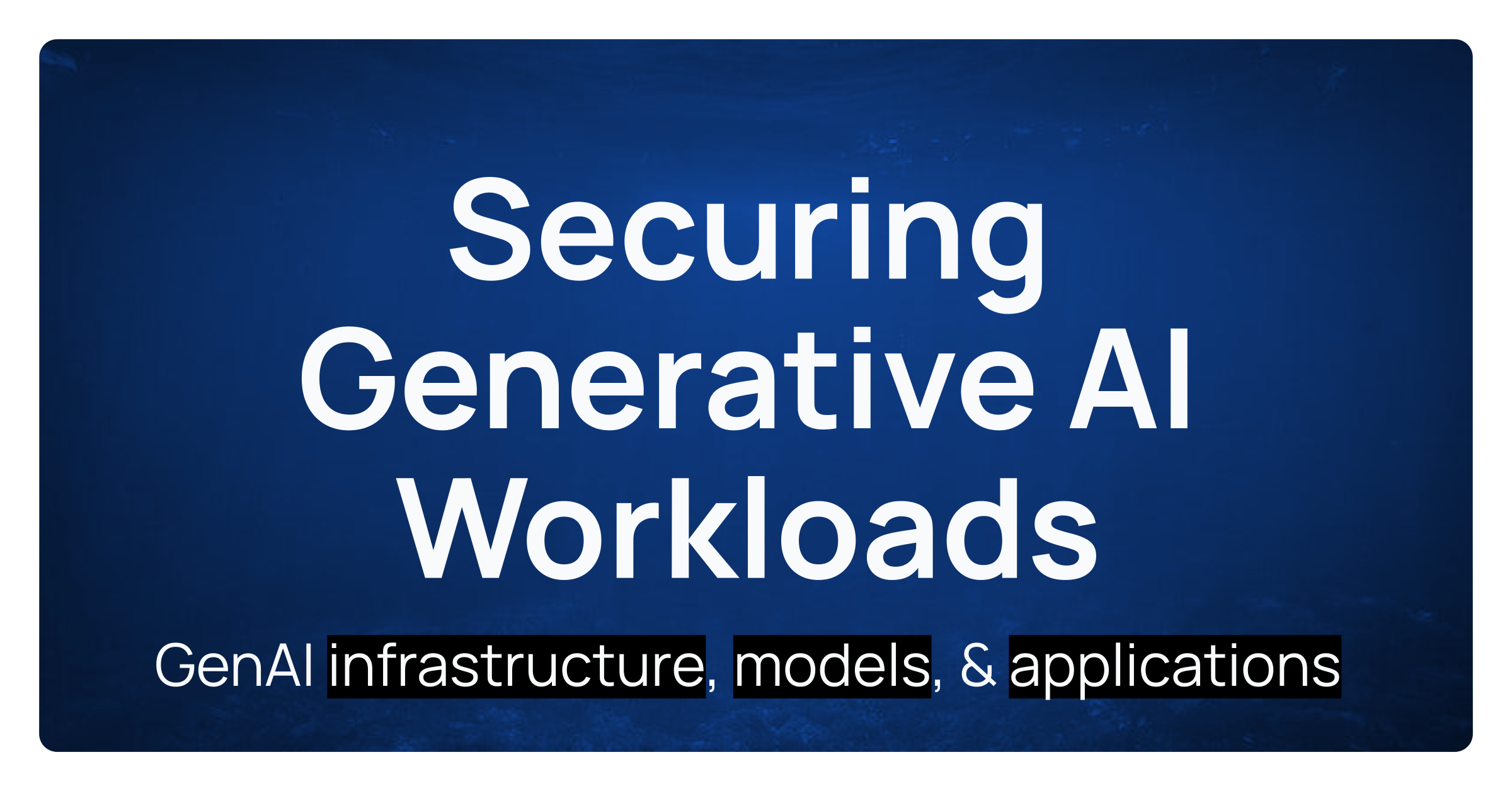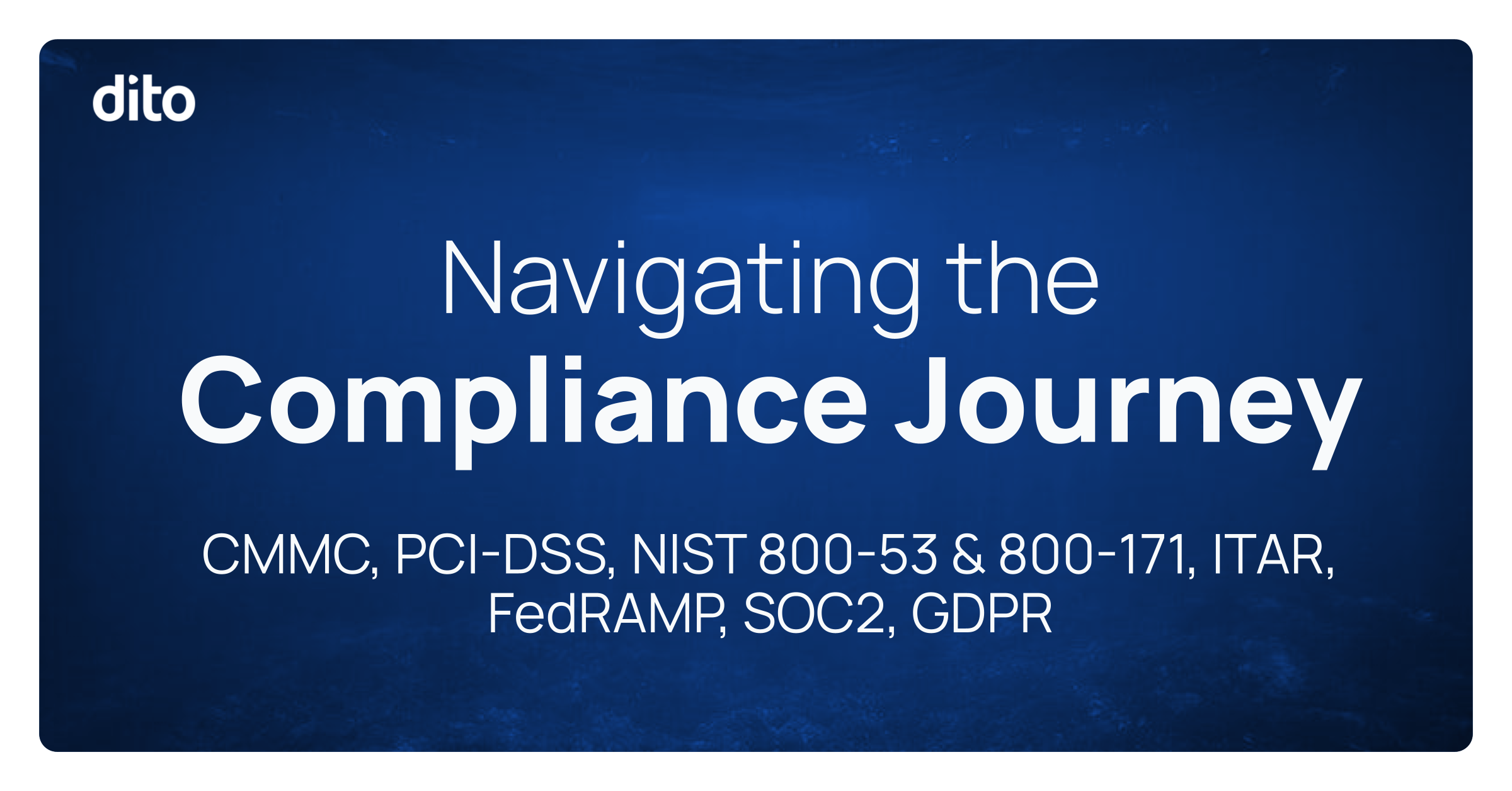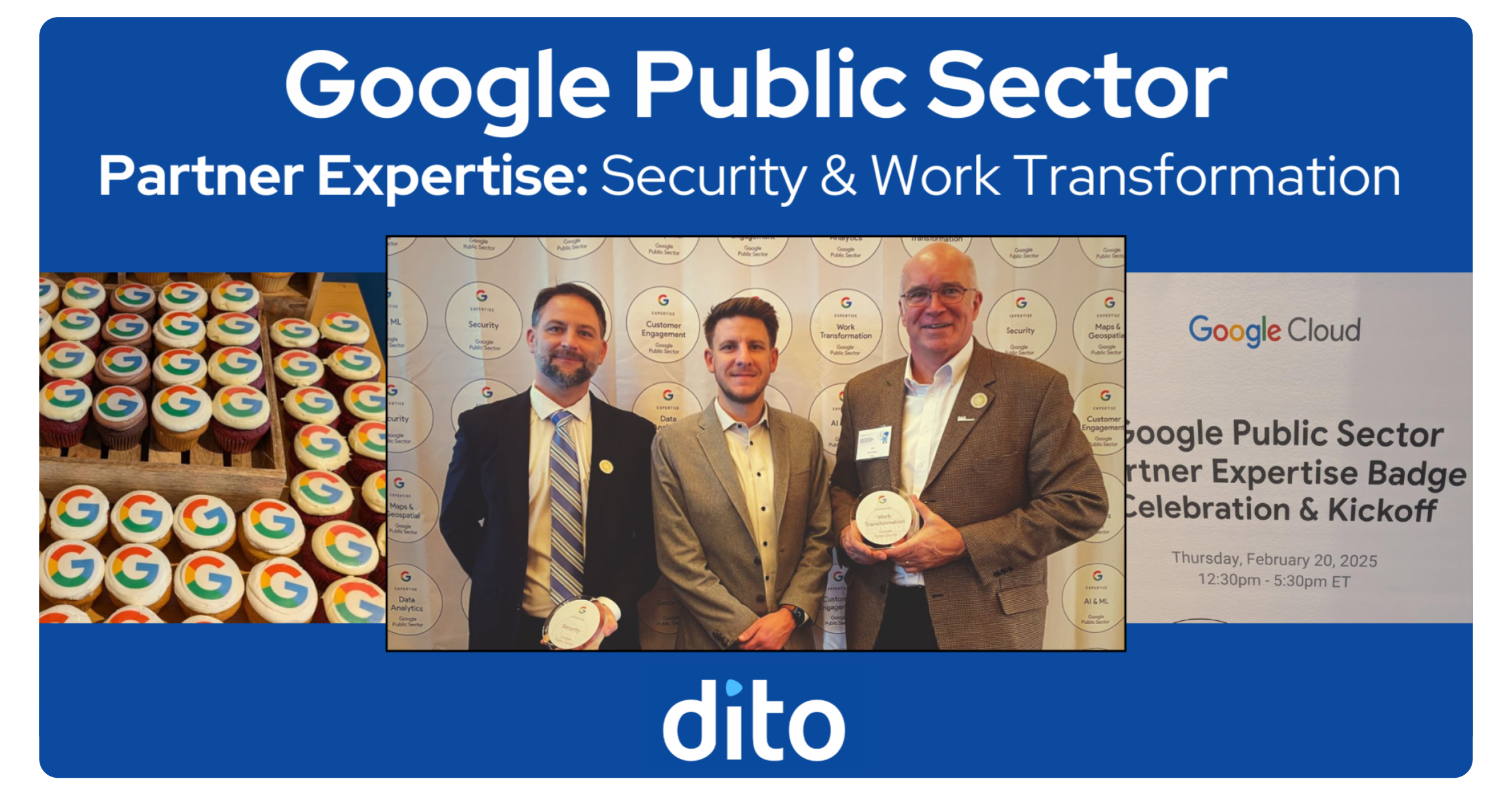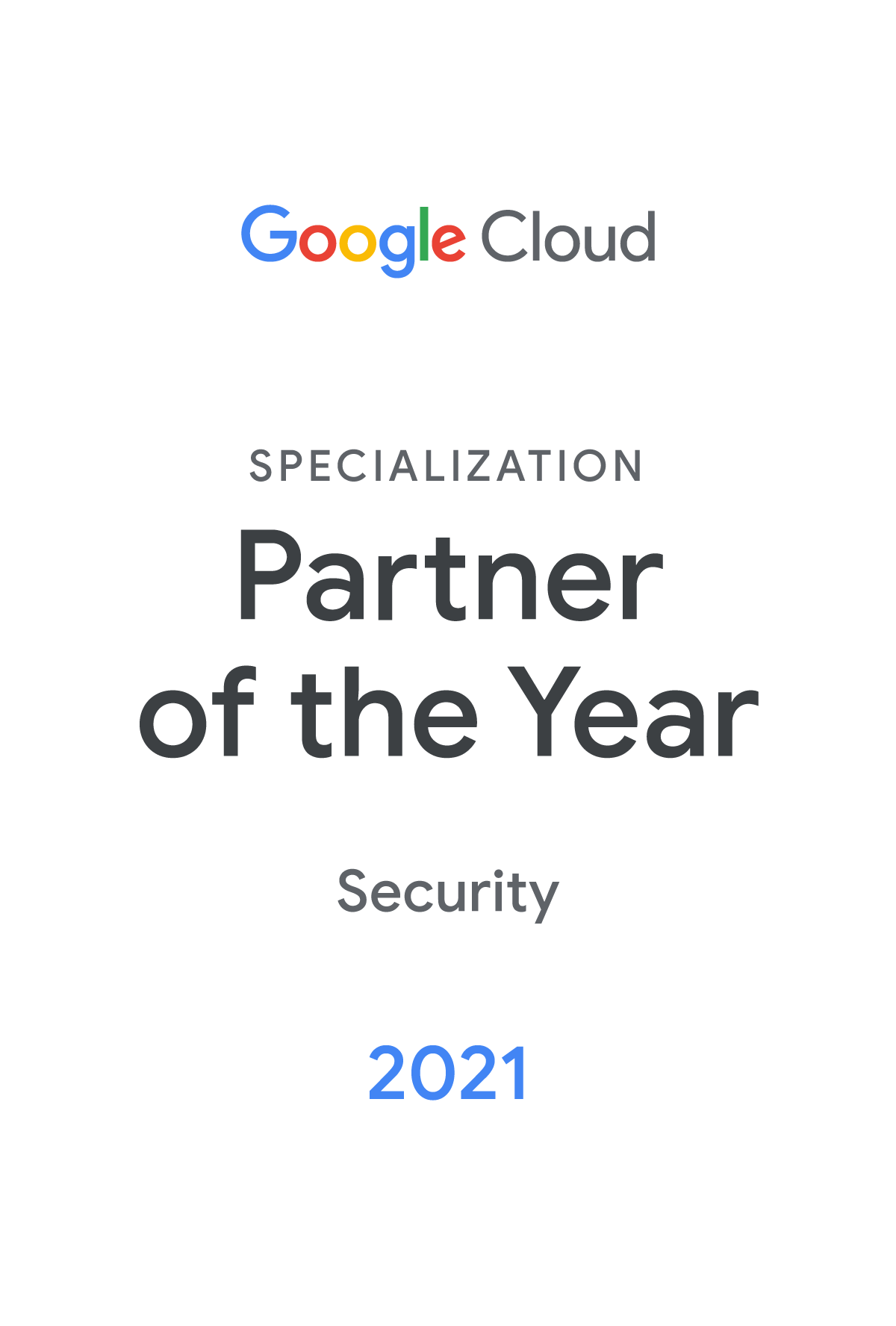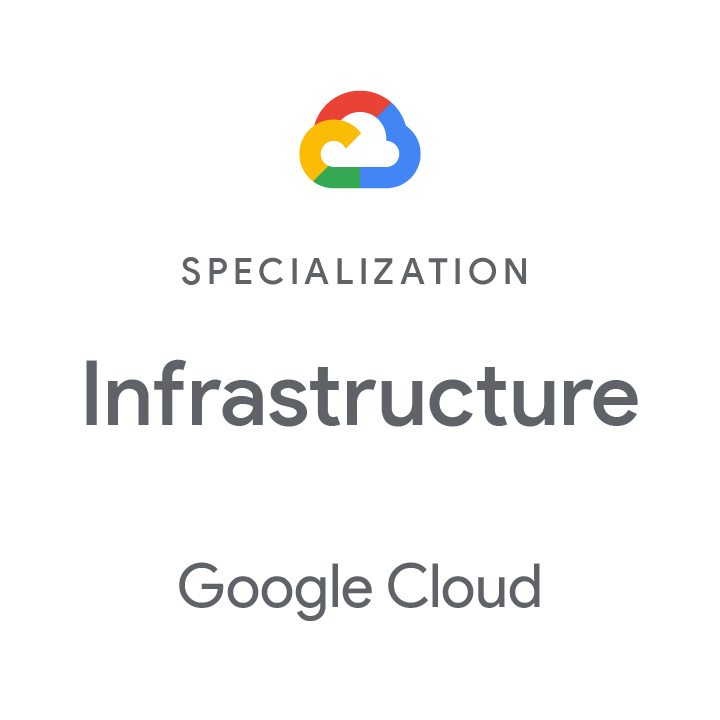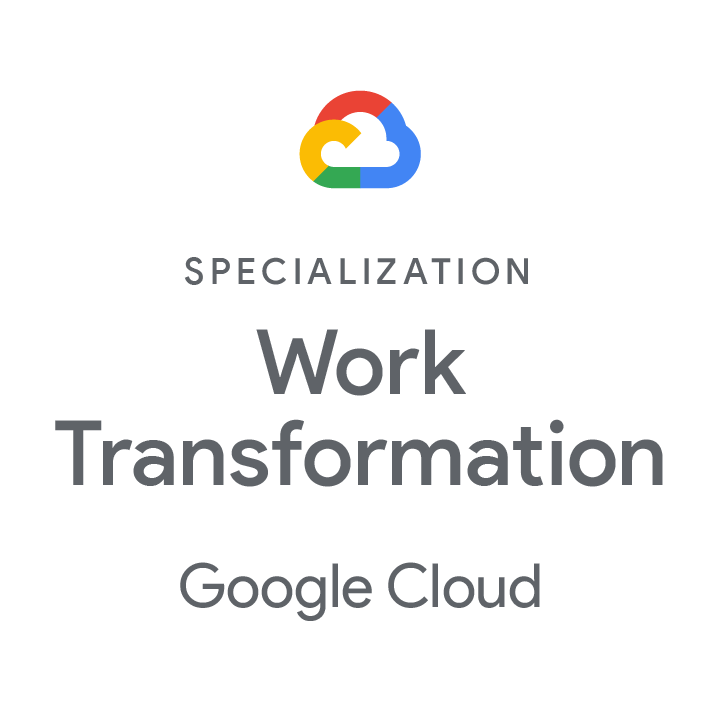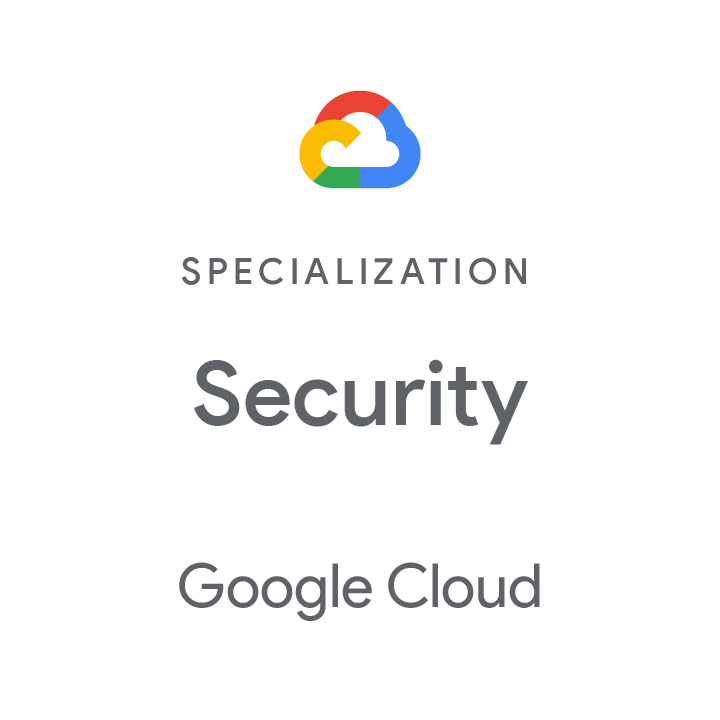Google Cloud Next ’25 concluded last week with significant announcements across many areas of the business and technology stack. We were particularly focused on updates around artificial intelligence, enhanced security operations, geospatial capabilities, and workplace collaboration tools. For IT professionals and businesses using Google Cloud solutions, these updates represent important shifts in how you’ll interact with Workspace, Maps Platform, Google Cloud Platform, Chrome Enterprise, and security operations.
Security Transformation: Unified Defense Powered by AI
Google Cloud has responded to the increasingly complex security landscape with a strategic shift toward unification, intelligence, and automation.
The centerpiece announcement in this domain was Google Unified Security, a comprehensive platform that integrates Google SecOps, Security Command Center, Mandiant Threat Intelligence, and Chrome Enterprise endpoint security. While Google SecOps already streamlines SIEM/SOAR/Threat intelligence, this consolidation further unifies additional fragmented toolsets and provides comprehensive visibility across your security infrastructure.
AI-powered automation stands at the core of this security evolution. Google introduced autonomous security agents designed to handle routine but critical tasks. The Alert Triage Agent investigates potential threats automatically, while the Malware Analysis Agent evaluates suspicious code without analyst intervention.
The integration extends to Chrome Enterprise, which now feeds endpoint data directly into security operations for enhanced threat visibility. Chrome Enterprise also received new data protection capabilities, including advanced data masking features that safeguard sensitive information.
Workspace: The AI-Enhanced Collaboration Platform
Google Workspace is evolving from a collection of productivity tools into an intelligent platform where AI augments human capabilities.
Workspace Flows represents a significant leap forward, enabling AI agents (including customizable “Gems”) to automate complex business processes within the familiar Workspace environment. These flows can handle sophisticated tasks like generating comprehensive reports, routing customer inquiries, and managing approval processes.
Google has thoughtfully integrated Gemini AI across the Workspace suite. Google Docs now offers AI-powered audio summaries and writing assistance through its “Help me refine” feature. Sheets users benefit from “Help me analyze” functionality that guides data exploration and generates insights. Similar enhancements appear in Chat, Gmail, and Vids.
The Age of AI & Agents: Intelligence Unleashed
Artificial intelligence clearly dominated the Next ’25 agenda, with Google unveiling both powerful models and a comprehensive ecosystem for building intelligent agents.
Gemini 2.5 Pro, optimized for complex reasoning tasks, is now generally available through Vertex AI. Its companion model, Gemini 2.5 Flash, prioritizes speed and cost-efficiency for high-volume applications. This dual approach gives organizations flexibility to balance performance and resource demands.
Vertex AI has established itself as the central hub for AI development and deployment, offering access to over 200 models. The platform provides unique support for generative content across multiple media types, including text, images (Imagen 3), video (Veo 2), speech (Chirp 3), and music (Lyria).
Google has made a substantial investment in agent technology. Google Agentspace aims to empower employees with customizable AI assistants, while the open-source Agent Development Kit simplifies the creation process. The Agent2Agent protocol enables communication between agents from different vendors, fostering an interoperable ecosystem.
To ensure reliability, Google emphasized grounding AI responses in factual information by combining Search quality standards with enterprise data, third-party sources, and Google Maps Platform intelligence.
Geospatial & Maps: Where Data Meets the Real World
Google has made its extensive location data more accessible and actionable by integrating it with cloud analytics and AI platforms.
BigQuery users can now access Google Maps Platform datasets and Earth Engine capabilities directly within their data warehouse. This integration allows you to combine business metrics with location intelligence without specialized geographic information skills. For example, you might correlate sales performance with physical location attributes or optimize supply chains using environmental data—all within your existing analytics environment.
The Maps Platform expanded beyond basic mapping with analytical tools that derive insights from Google’s vast location data. Imagery Insights applies AI to Street View imagery to assess physical infrastructure, while Places Insights provides aggregated location intelligence. A new Weather API delivers forecast and historical weather data to support weather-dependent business decisions.
Additionally, AI applications built on Vertex AI can now incorporate Google Maps data, ensuring that responses requiring location context reflect accurate, real-world information.
Lots More to Review
There are 229 updates listed in Google Cloud’s own recap of Google Cloud Next, so there is a lot more to digest. Here are the direct links to the respective sections of the official updates:
- AI Infrastructure
- Application Development
- Compute
- Containers & Kubernetes
- Databases
- Data Analytics
- Firebase
- Networking
- Security
- Storage
Looking Ahead
Google Cloud Next ’25 outlined a clear vision of an AI-enhanced future where intelligent systems augment human capabilities across security, workplace collaboration, productivity, application development, and specialized business processes. For organizations using Google Cloud, these innovations offer opportunities to strengthen security postures, derive richer location-based insights, streamline collaborative work, and deploy purpose-built AI agents that address specific business challenges.
Dito is more excited than ever to be a part of your continued journey of digital transformation and innovation as a your resell, services, and support partner working across the stack. If you want a deep dive into any of these topics, just let us know!


